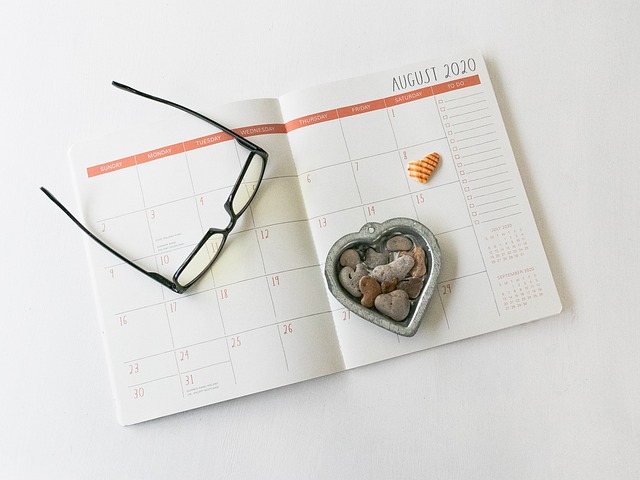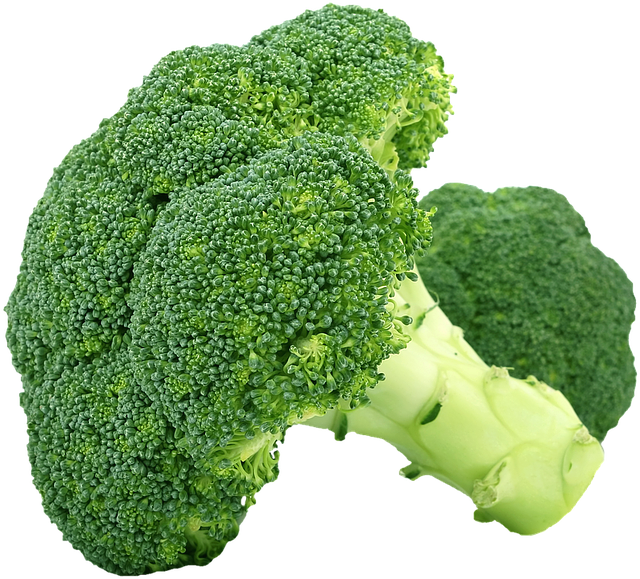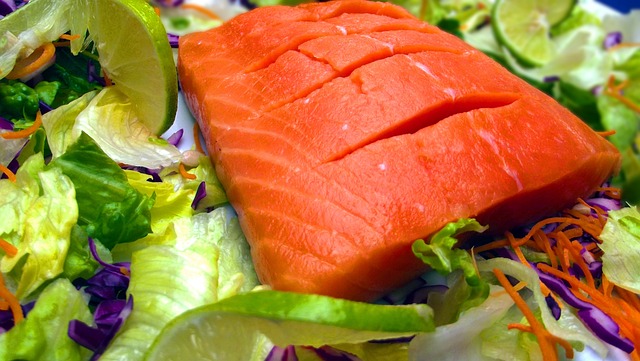Eating a healthful, well-balanced diet can bring numerous health benefits. It can boost your energy, lower your chance of acquiring certain diseases, encourage better sleep, and boost your performance at work or during exercise.
A well-planned food plan might also assist you in reaching your weight-loss objectives. The USDA Dietary Guidelines for 2020-2025 emphasize the necessity of having a well-balanced diet both in the short term and over the long term.
How Many Calories Are Required?
An adult will require approximately 2,000 to 2,500 calories per day to maintain their present weight. The number of calories you require is determined by your body weight, muscle mass, activity level, age, and gender.
Calorie tables and calculators are available to help you estimate your daily calorie requirements. However, keep in mind that these are only estimates—due to variances in metabolism, you may require a few more or fewer calories than what the calculators display. By tracking your weight over time, you will learn when to increase or decrease your overall calorie consumption.
Keep a Food Journal

Whether you need to lose or gain weight or watch your fat, protein, or sodium intake, keeping a meal diary will help you. To keep track of your diet online, you can use a notepad or a web-based diet software. Simply take note of what you eat to determine how many calories you’re currently ingesting. Consider how many nutritious foods you eat presently, as well as how many unhealthy items you choose. Include at least one weekend day because many people eat differently on weekends than they do during the week.
Once you understand your existing eating habits and patterns, it will be easy to determine which foods you should have more frequently and which foods you should take less frequently.
Choose the Correct Foods
Once you’ve determined how many calories you require, the next step is to select foods that provide a lot of good nutrition for the calories you consume.
For example, instead of a small glazed 100-calorie donut, you may choose a cup of blueberries for 85 calories. Blueberries are high in fiber as well as vitamins and minerals. Although blueberries have only 15 fewer calories than donuts, they are more likely to fill you up and supply a variety of other key nutrients that you need to consume on a regular basis.
Another step toward eating more healthfully is to consider how food is prepared. Eating a piece of broiled, baked, or grilled fish, for example, is a better choice than consuming fish sticks since the salmon contains less sodium and can be cooked with other beneficial components such as lemon and herbs.
Foods that are not slathered in creamy sauces, deep fried, overly refined, or processed will be lower in saturated fats, salt, and sugar. Again, this does not exclude you from enjoying dessert or French fries. It simply implies that eating full foods more frequently is preferable. Here are a few examples:
- Replace the apple pie with a full apple or apple slices with nut butter.
- Replace fried chicken with broiled steak, roasted chicken, or turkey.
- Replace red meat, such as hamburgers, with lean protein, such as chicken and fish, a few times per week.
- Choose whole-grain bread more frequently and when you do, make sure they are fortified.
- Choose whole grain cereals over sugary cereals for breakfast.
A healthy, balanced diet includes a wide variety of foods. Choosing items from each food group is what’s important.
If you are unsure about the nutritional content of packaged food, read the nutrition facts, food label and the number of calories per serving.
Calcium and Dairy Sources
Choose two or three servings of dairy and calcium every day. If you dislike or are unable to consume dairy products, seek dark green leafy vegetables, calcium-fortified orange juice, and other foods. Non Dairy calcium-fortified kinds of milk and yogurt, nut-based milk, and calcium-fortified tofu are additional options to complete a balanced diet.


- 1 cup low-fat or nonfat milk
- 2 cheese slices
- 1 cup yogurt
- 1/3 cup shredded cheese
- 1 cup spinach, cooked
- 1 cup broccoli, cooked or fresh
Cereals and whole grains
The US Department of Agriculture recommends eating 6 – 11 servings of grains and cereals each day, with at least half of those meals coming from whole grains.
Whole grains and cereals are excellent sources of fiber as well as essential vitamins and minerals.
- 1 whole-wheat bread piece
- 1 pound brown rice
- 1 cooked cup of quinoa
- 1 cup whole-wheat cereal
- Oatmeal, 1/2 cup
- four or five whole-grain crackers
- 2 cups popcorn (air-popped)
More Vegetables and fruits
Fruits and vegetables have a high concentration of vitamins, minerals, phytochemicals, and fiber. You generally need two to three cups of vegetables every day, plus some fruit. According to studies, consuming fruits and vegetables is beneficial to general health. Fruit and vegetable serving suggestions include:
- 1/4 cup sweet corn
- 1 fresh fruit, such as an apple, pear, or peach
- 1/2 cup fruit salad
- 1/2 cup berries (strawberries, raspberries, etc.)
- 1⁄2 a cup of black beans or pinto beans
- 1 baked tiny potato
- 1 cup fresh green beans
- 1 pound broccoli
Healthy Protein Sources for a Balanced Diet
Plant sources of protein, such as dried beans, nuts and seeds, and whole grains, can meet your daily protein requirements. However, many individuals enjoy eating meat, fish, and eggs, which are also high in protein. The amount of protein you require will be determined by a number of factors. Your age, activity level, and so on. An average protein serving is around the size of a deck of cards.
- 3 oz. cooked lean beef steak (21g of protein)
- 3 oz. lean pork tenderloin (22g of protein)
- 3 oz. baked chicken breast (26g of protein)
- 6 ounces of cooked oily saltwater fish like salmon (42g of protein)
- 1 cup dry beans, such as pinto or navy beans
- 1 ounce of nuts

Healthy Oils and Fats
Good fats include olive and canola oil. Omega-3 fatty acids are also present in fish, walnuts, pumpkin seeds, flax seeds, and soy.
Certain animal products naturally contain trace levels of trans fats. They’re also in processed foods, pre-made desserts, and pastries. Red meat, cured meats, and full-fat cheeses contain saturated fat.
You don’t need to consume a lot of extra oil; simply make healthy eating and cooking choices, and you’ll be good.
- 1 ounce of nuts
- 3 ounces cooked oily saltwater fish like salmon (5.4g of fat)
- 2 tablespoons olive oil for cooking or salad dressing (combined with vinegar) (28g of fat)
- 1 teaspoon walnut oil for salad (14g of fat)
- 1 tablespoon ground flaxseed (4.3g of fat)
- Cooking using canola oil (14g per tablespoon)
Foods to Eat in Moderation
Unless you have specific health concerns (see your doctor), you do not need to avoid all foods. Simply reduce your overall intake of sugar, fats, sodium, and calories.
Balance of Carbohydrates, Fats, and Proteins
A healthy diet should have the proper proportions of carbohydrates, lipids, and proteins. The required amounts will be different from person to person. For more information, see the USDA Dietary Guidelines for Americans 2020-2025.
Concerning Portion Sizes
Many people have portion distortion. It might be difficult to visualize how large a serving of any given dish is, and if you don’t regulate your portion size, you’re likely to consume too much.
If you’re having problems with portion proportions in packaged goods, read the labels and use a kitchen scale. When eating out in restaurants and coffee shops, exercise caution. A regular bagel in a coffee shop is equivalent to 5 portions of bread, and one supersized lunch at a fast-food restaurant may be equivalent to all of the calories you require for the entire day.
Whenever you eat, use these suggestions for recognizing portion sizes of healthy foods.
- 3 oz. Meat – One serving is roughly the size of a deck of cards.
- 1 cup pasta – 1 serving is around the size of a tightly clenched fist.
- 2 tbsp peanut butter – 1 serving is around the size of a ping-pong ball
- 2 cups green leafy vegetables (roughly the size of two closed fists)
- 2 oz. Cheese – One dish is around the size of two dominoes.
- 1 cup green veggies – One serving is approximately the size of a tennis ball.
Divide the plate into four parts when serving your food. One-quarter is for your meat or protein serving. One-quarter cup equals one serving of starchy carbs like pasta, cereal, bread, rice, potatoes, or maize. Fill the remaining half of the plate with lower-calorie vegetables, salad, or fruit.
Be mindful when you use butter, margarine, sauces, gravy, and cheese toppings because they are high in calories. Better still, flavor your dish with olive oil, lemon juice, herbs, and spices.
To Conclude on well-balanced diet
Try not to skip meals. Make it a habit to eat regularly, whether you choose three larger meals each day or smaller meals and a couple of snacks. Skipping meals may appear to be a good weight loss strategy, but it can backfire when you feel hungry later in the day. Meal skipping can occasionally lead to binge eating later. Skipping meals is not advised, especially if you have a history of an eating disorder.
